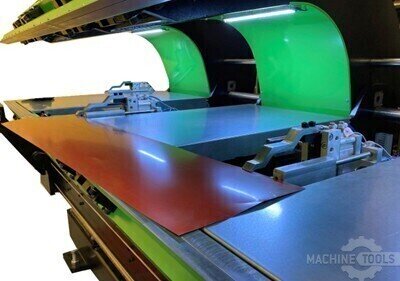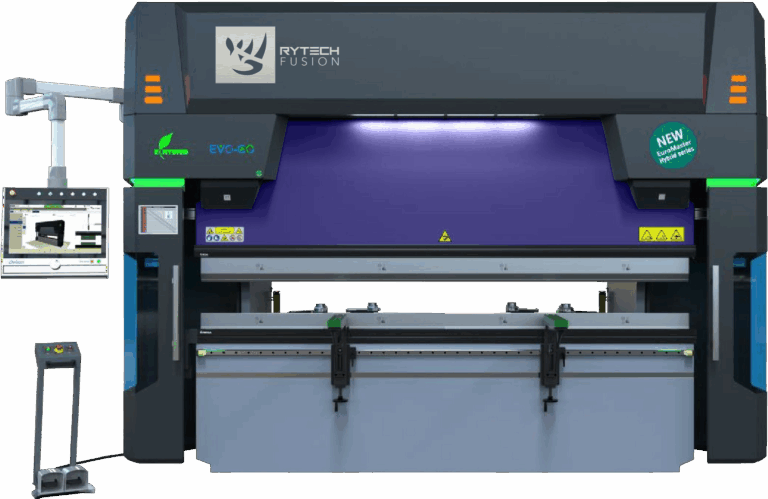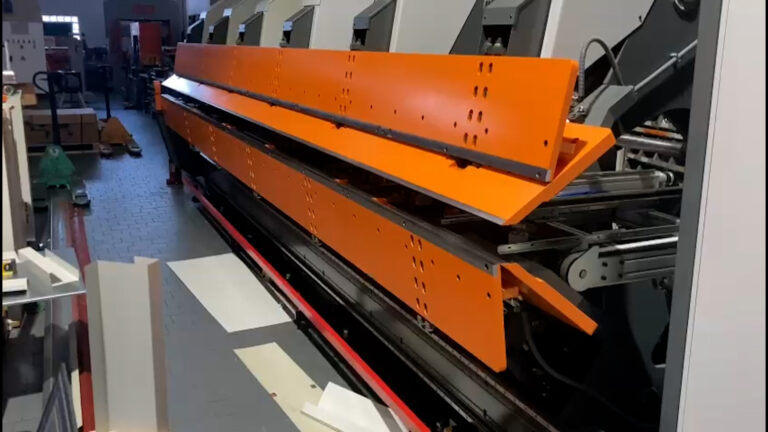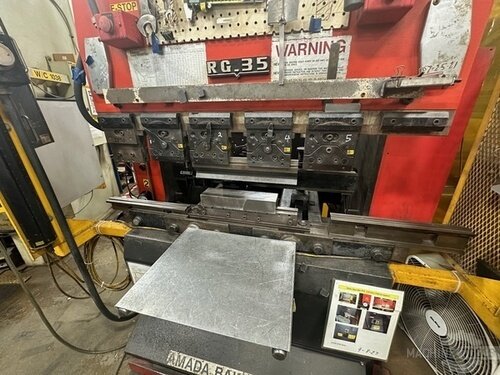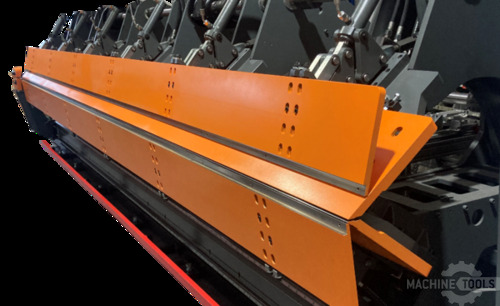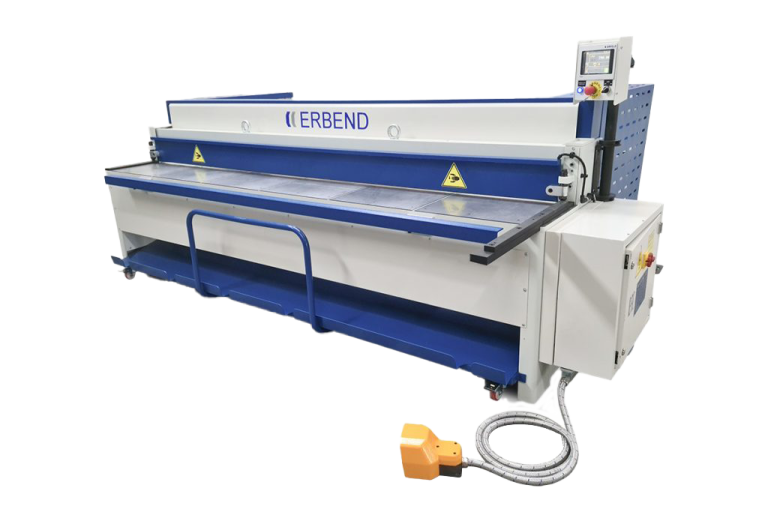From my earliest days working in fabrication shops on Chicago’s south side, I’ve learned that every successful shop is built on two things: trust and results. It’s a lesson I’ve carried with me to Mac-Tech, where my mission as Regional Sales Executive is to help roofing and metal fabrication businesses across the Midwest and beyond achieve more with their production lines. Whether you’re running a family-owned operation or a multi-state manufacturer, my commitment is to deliver tailored solutions—backed by real-world experience and a relentless focus on your bottom line.
Leveraging Experience to Optimize Roofing Line Efficiency
Upgrading your metal roofing line isn’t just about adding the latest machine; it’s about integrating technology that fits your workflow, maximizes uptime, and grows with your business. Over the past decade, I’ve partnered with clients to implement everything from high-speed slitters and decoilers to advanced folding systems and panel benders. My approach is simple: listen first, then recommend the right mix of equipment—whether it’s a servo-driven folder, a traditional hydraulic model, or a custom-configured line.
Understanding the Demands of Coil-Fed Production: Insights from the Field
Roofing fabrication shops face relentless pressure: tighter timelines, evolving architectural specs, and the need to squeeze every ounce of efficiency from each coil. Coil-fed lines must deliver consistent, repeatable results while minimizing waste and downtime. I’ve seen firsthand how a mismatch between machine capability and shop demand can bottleneck throughput or undermine quality. That’s why a deep understanding of your coil widths, material gauges, and product mix is essential before making any investment.
Evaluating Machine Performance: Key Metrics in Slitting, Forming, and Folding
When analyzing equipment for your roofing line, I recommend focusing on three core metrics:
- Precision: Can the machine consistently deliver tight tolerances, especially on longer panels or complex bends?
- Speed: How does cycle time impact your overall throughput, and does the machine keep pace with your projected growth?
- Maintenance & Uptime: What are the true maintenance demands, and how do service intervals affect your production schedule?
Whether you’re evaluating slitters, folders, or downspout formers, these metrics will drive long-term profitability and customer satisfaction.
Servo Folders vs. Hydraulic Folders: Core Differences Impacting Metal Fabrication
The debate between servo-driven and hydraulic folders is front and center for many roofing fabricators today. Here’s what I tell my customers:
Servo-driven folders use electric motors and advanced controls for positioning. This translates into superior accuracy, faster setup times, and programmable automation for repeat jobs. Servo folders excel when you need tight tolerances (±0.1 mm), rapid part changeovers, or integration with digital production planning.
Hydraulic folders, by contrast, rely on fluid power for actuation. They’re robust, proven, and often favored for heavy-gauge work or lower-volume shops. However, they can be slower to set up, may require more frequent maintenance (think seals, hoses, and fluids), and generally offer less precise control compared to their servo counterparts.
Speed, Precision, and Waste Reduction: Real-World Outcomes in Roofing Lines
Consider a Midwest customer who upgraded from a hydraulic folder to a servo-driven model. The results? Panel throughput increased by 30%, scrap rates dropped by over 15%, and labor requirements were reduced thanks to automated backgauges and part programming. Another fabricator running mixed-gauge steel saw their setup time for complex profiles shrink from 15 minutes to under 5. These aren’t just numbers—they’re competitive advantages that unlock new business and better margins.
Upgrading Your Equipment: Practical Guidance for Smarter Machine Investments
Before you commit to a new folder or full line upgrade, ask yourself:
- What are my current bottlenecks—speed, accuracy, or downtime?
- Do I need to accommodate future product profiles or material types?
- How will automation impact my workforce and operating costs?
My role is to help you answer these questions with clarity. I walk clients through ROI calculations, offer demo runs on live production lines, and connect you with references who’ve made similar transitions. It’s about building confidence, not just making a sale.
STEFA LCS3
Matching Technology to Fabrication Needs: Custom Solutions for Roofing Operations
No two roofing shops are alike. That’s why we offer modular solutions—pairing servo or hydraulic folders with the right slitters, shears, or rollformers for your application. For high-mix environments, a combi-beam or double folder might be the answer. For high-volume, single-profile runs, a robust hydraulic folder could still be the best fit. My job is to architect a solution that’s as unique as your business.
Conclusion: Driving Profitable Efficiency with Expert Guidance
Upgrading your roofing line is a major decision—one that can define your shop’s success for years to come. With decades of hands-on experience and a deep bench of technical partners, my team at Mac-Tech is here to guide you every step of the way. Let’s work together to unlock more throughput, reduce waste, and future-proof your operation.
Frequently Asked Questions
When is the right time to upgrade a roll former or folder?
If you’re experiencing frequent downtime, rising maintenance costs, or struggling to meet production targets, it’s time to evaluate an upgrade. I recommend benchmarking your current output and scrap rates—if you’re leaving capacity or quality on the table, modern equipment can quickly pay for itself.
How do servo-driven folders compare to hydraulic systems?
Servo-driven folders offer unmatched precision, faster setup, and lower long-term maintenance. Hydraulic folders are time-tested and sturdy, but may lag in automation and accuracy, especially on high-volume or complex jobs.
What’s the difference between a combi-beam and double folder?
A combi-beam folder allows you to switch between different bending tools quickly, ideal for shops producing a variety of profiles. A double folder bends both up and down without flipping the part, boosting efficiency for complex shapes or large panels.
What are signs a roll forming line is no longer cost-effective?
Look for increased scrap rates, excessive downtime, or difficulty meeting new profile requirements. If your line can’t keep up with customer demand or material changes, it could be costing you more than you realize.
How can automation reduce labor and increase throughput?
Automated folders and integrated lines minimize manual intervention, reduce errors, and allow your skilled operators to focus on value-added tasks. This leads to higher output, better consistency, and improved profitability.
Should I retrofit existing equipment or invest in new machines?
Retrofitting can extend the life of your current line, but there’s a tipping point where new technology delivers better ROI. I can help assess your unique situation and recommend the most cost-effective path forward.
Ready to see how the right folding or forming solution can transform your roofing line? Let’s connect for a walkthrough, live demo, or a personalized upgrade quote. My team and I are here to help you make the smartest investment for your business.
Get Weekly Mac-Tech News & Updates


